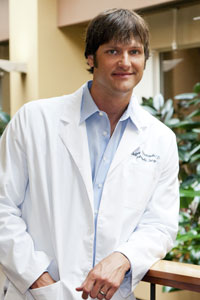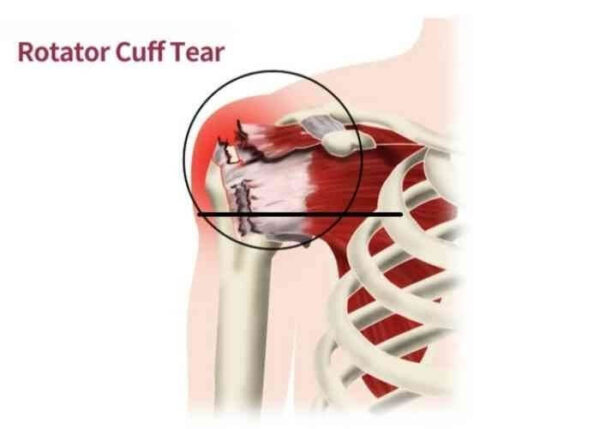Rotator Cuff with Augmentation Repair Surgeon

Are you an athlete who participates in sports that involve throwing overhead? If so, you may be at risk of developing a rotator cuff injury. For rotator cuff injuries with an unusual tear pattern, or other special cases, rotator cuff repair with augmentation of graft reinforcement is available. Dr. Jeff Padalecki provides diagnosis and both surgical and nonsurgical treatment options for patients in Austin who have developed a complex rotator cuff injury. Contact Dr. Padalecki’s team today!
An Overview of Rotator Cuff Repair with Augmentation
The rotator cuff is made up of muscles and tendons that surround the shoulder joint. It is responsible for centering the ball in the socket of the shoulder and helps the shoulder to stay stable and move. Injuries to the rotator cuff are quite common. Sports are among the most common reasons why rotator cuff injuries occur. In addition, a traumatic occurrence such as a hard fall, or injury that occurs from micro-damage that stems from overuse and impingement (pinching of the tendon against the acromion process of the scapula) can also be factors. Chronic degenerative changes of these tendons can also make them weak and prone to tears. Injury to the rotator cuff may involve one or more tendons. The spectrum of injury can range from mild tendonitis, inflammation, and bursitis, to partial tears and full thickness tears.
In the case of a rotator cuff tear, a surgical rotator cuff tear treatment is usually required. In instances when the tear is acute and the tendon/muscle is healthy, the rotator cuff can usually be primarily reattached to the anatomic footprint using strong sutures and anchors placed in the bone. In unusual tear patterns, chronic retracted tears, degenerative tears, and tears that have some atrophy (loss of bulk) of the muscle, repairing the damage isn’t as easy. In these situations, a technique referred to as rotator cuff repair with augmentation of graft reinforcement is usually used by Dr. Jeff Padalecki, Austin, Round Rock, and Cedar Park, Texas communities orthopedic shoulder surgeon. This is a safe and effective technique used to augment the repair providing better strength and a healing environment for the tendon.

How is a Rotator Cuff Repair Surgery with Augmentation Performed?
This procedure is typically performed with a combination of an arthroscopic and open approach to the shoulder. The torn tendon is identified and a primary repair is attempted. At this point a decision is made as to whether the tendon would benefit from an augmentation. If this is the case a graft (patch) is obtained (which is made from cadaveric dermis). The type of tear will dictate the exact configuration of the repair needed as well as the size of the patch. The patch is sewn into the rotator cuff tendon and a repair will involve using strong sutures and anchors into the bone to secure the graft and tendon. In specific situations, adjuncts may be used to assist in healing such as a marrow stimulation healing response technique or an injection of platelet rich plasma.
What Happens After Rotator Cuff Repair with Augmentation?
Following rotator cuff repair surgery with augmentation, physical therapy becomes a crucial component in the recovery process. The specific progression of physical therapy following a surgery of this nature will depend on the configuration of the tear, type of repair that was used, and the number of tendons involved. In most cases where a graft was used to help repair the injury, the progression of therapy is often slower. It is very important that patients follow the advice of their therapists and take their time with this type of therapy so that the delicate graft and surgical processes are not interrupted. Therapy will typically consist of passive range of motion, followed by active motion, strengthening, and eventually return to activities. A sling is worn for 6-8 weeks after the surgery. The procedure has been shown to be highly successful in alleviating pain and improving function of the shoulder.
To learn more about conservative rotator cuff tear treatment, or to learn more about rotator cuff repair with augmentation, please contact the office of Dr. Jeff Padalecki, orthopedic shoulder surgeon in the Austin, Texas area.